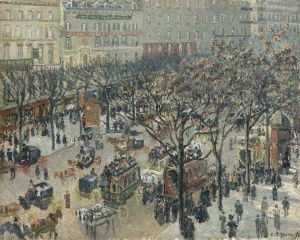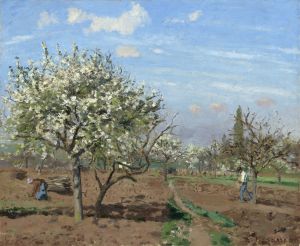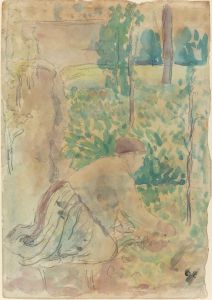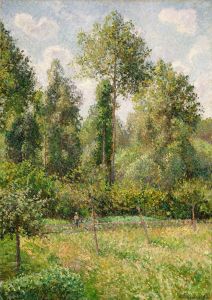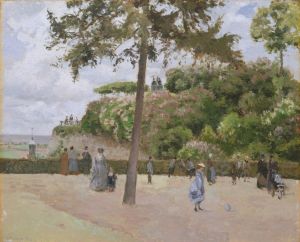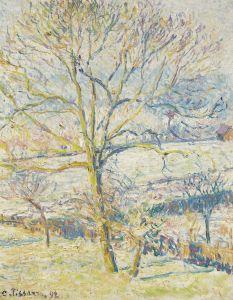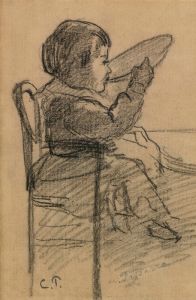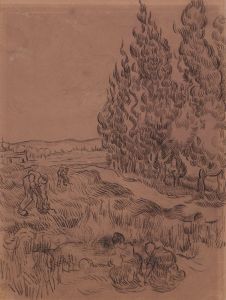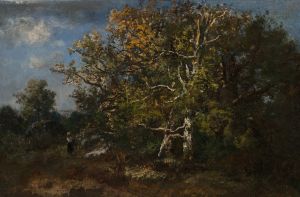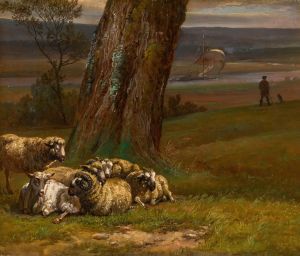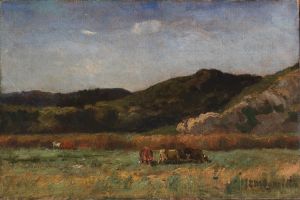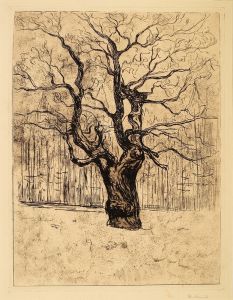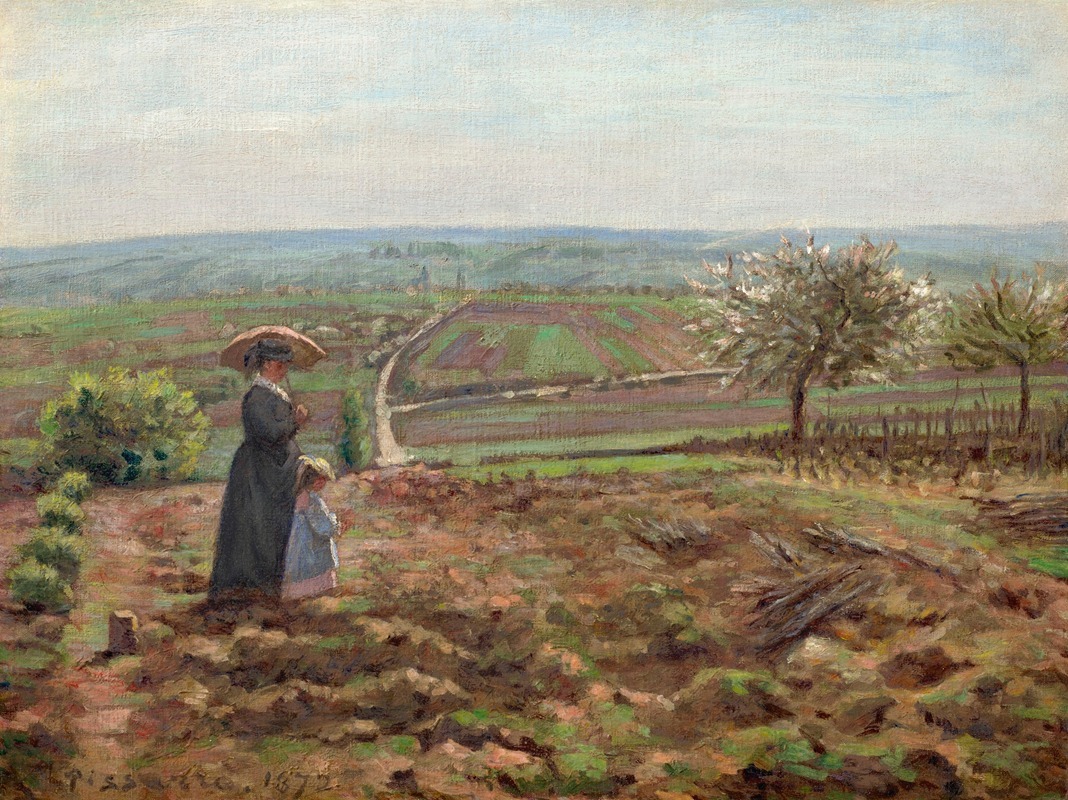
La route de Rouen, les hauteurs de l’Hautil, Pontoise
A hand-painted replica of Camille Pissarro’s masterpiece La route de Rouen, les hauteurs de l’Hautil, Pontoise, meticulously crafted by professional artists to capture the true essence of the original. Each piece is created with museum-quality canvas and rare mineral pigments, carefully painted by experienced artists with delicate brushstrokes and rich, layered colors to perfectly recreate the texture of the original artwork. Unlike machine-printed reproductions, this hand-painted version brings the painting to life, infused with the artist’s emotions and skill in every stroke. Whether for personal collection or home decoration, it instantly elevates the artistic atmosphere of any space.
Camille Pissarro, a pivotal figure in the Impressionist movement, painted "La route de Rouen, les hauteurs de l’Hautil, Pontoise" during a period of significant artistic development and experimentation. This painting exemplifies Pissarro's dedication to capturing the essence of rural and suburban landscapes in France, a subject that he explored extensively throughout his career.
Pissarro was born on July 10, 1830, on the island of St. Thomas in the Danish West Indies. He moved to Paris in 1855, where he became deeply involved with the burgeoning Impressionist movement. By the 1870s, Pissarro had settled in Pontoise, a small town northwest of Paris, which became a central theme in his work. The town's picturesque landscapes and rural charm provided endless inspiration for Pissarro, who was known for his ability to depict the subtle nuances of light and atmosphere.
"La route de Rouen, les hauteurs de l’Hautil, Pontoise" is a testament to Pissarro's skill in portraying the interplay between natural and man-made elements. The painting depicts a road leading to Rouen, with the heights of Hautil in the background, capturing the serene beauty of the French countryside. Pissarro's use of color and brushwork reflects the influence of Impressionism, characterized by loose, expressive strokes and a vibrant palette that conveys the changing effects of light.
Pissarro's work during this period often focused on the theme of rural life and the transformation of the landscape due to industrialization. His paintings from Pontoise frequently include roads, fields, and villages, illustrating the coexistence of nature and human activity. In "La route de Rouen, les hauteurs de l’Hautil, Pontoise," Pissarro captures the tranquility of the scene while also hinting at the presence of modernity through the depiction of the road, a symbol of connectivity and progress.
Throughout his career, Pissarro was known for his collaborative spirit and his role as a mentor to other Impressionist artists, including Paul Cézanne and Paul Gauguin. His approach to painting was characterized by a commitment to plein air techniques, painting outdoors to capture the immediate effects of light and atmosphere. This method allowed Pissarro to create works that were both spontaneous and deeply rooted in observation.
Pissarro's contributions to the Impressionist movement were significant, and his work laid the groundwork for future developments in modern art. His paintings are celebrated for their ability to convey the beauty of everyday scenes and the subtle interplay of light and color. "La route de Rouen, les hauteurs de l’Hautil, Pontoise" is a prime example of Pissarro's mastery of these elements, offering viewers a glimpse into the serene and ever-changing landscapes that he so loved to depict.
Today, Pissarro's works are held in high esteem and can be found in major museums and collections worldwide. His influence on the Impressionist movement and subsequent art movements is undeniable, and his paintings continue to be studied and admired for their innovative approach to capturing the natural world. "La route de Rouen, les hauteurs de l’Hautil, Pontoise" remains a testament to Pissarro's enduring legacy as a pioneering artist who transformed the way we perceive and appreciate the landscape.







